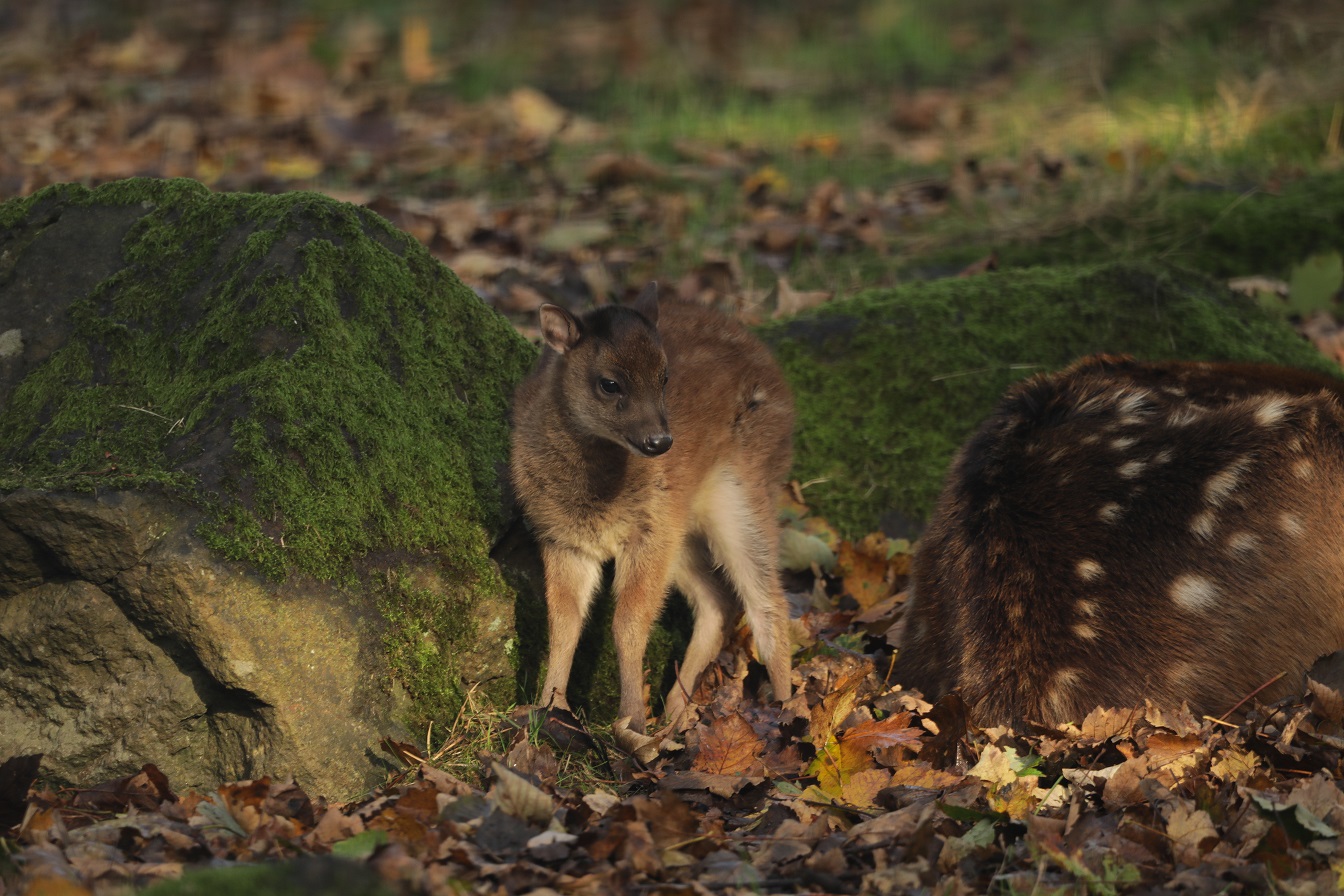Visayan spotted deer
Rusa alfredi

We currently have four Visayan spotted deer – Lyra, Watson, Pablo and our adorable new fawn, Tala.
Population
Decreasing
Diet
Herbivore
Habitat
Rainforest
Fact file
It is a nocturnal species of deer normally found in the rainforests of the Visayan island
The Visayan spotted deer (Rusa alfredi) is also known as the Philippine spotted deer
They are quite social animals, usually found in small groups of three to five
After a gestation of around 240 days, females usually give birth to a single calf

How we're helping
Like all the animals in our care, our Visayan spotted deer are amazing ambassadors for their relatives in the wild and help hundreds of thousands of people connect with nature every year. They encourage visitors to learn about the threats facing wildlife and the action they can take to help create a world where nature is protected, valued, and loved.
As a wildlife conservation charity, we care for the animals here at the zoo and work to protect species at risk around the world. From providing expertise in genetics and veterinary health to protecting wild places with local conservation partners, and even restoring threatened species to the wild, we are active where we are needed most.
Find out more about RZSS conservation
